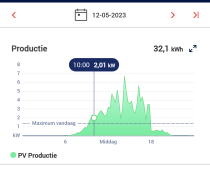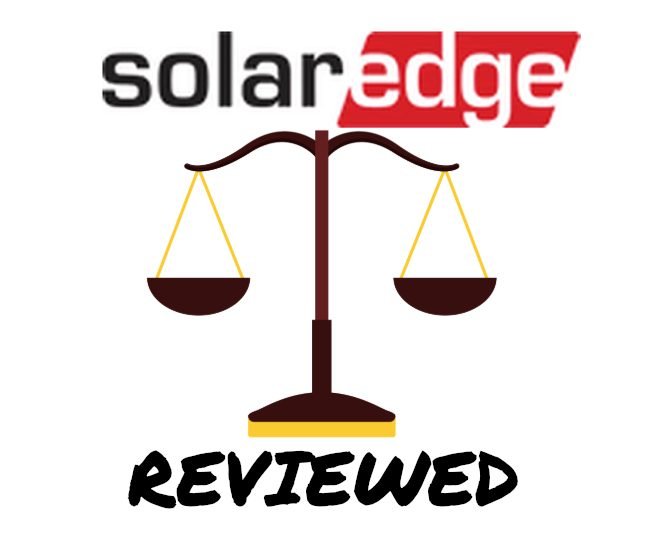400bird
Solar Wizard
On the south east, you can see the production increase as each panel come out from behind the tree.
South west production picks up later in the day, as expected.
I assume the one labeled NE is really NW?
It is odd that 4 of those panels ramp up earlier than the others.
Nothing in that graph stands out to me as wrong.
South west production picks up later in the day, as expected.
I assume the one labeled NE is really NW?
It is odd that 4 of those panels ramp up earlier than the others.
Nothing in that graph stands out to me as wrong.






